
Tag Archives Agronomy
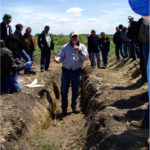
Mixing and matching inputs and rotations
Brandon researchers spent 18 years combining three different input levels and crop rotations to study the impact on nutrients, soil quality, yield and implications for climate change
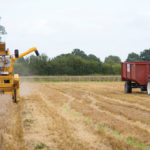
Harvest goes hands free
British researchers have put automation to test in the farm field
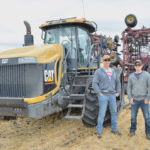
Little farm on the big database
Plenty of farmers would like to get their heads into the cloud. So what’s keeping them grounded?

Adding an agronomist to your farm team

USDA forecast puts soybeans in uncharted territory
Acreage is up but production down in the latest USDA monthly crop production report
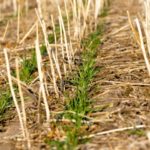
Winter wheat planting lags in U.S.
The big question is if it’s weather related or a sign of shifting grower intentions

Measuring tillage impact
There may be a middle path that gives the best results
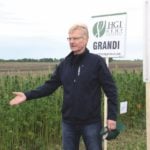
Can organic no till work in the field?
Environmental benefit is part of organic market value, but organic weed management usually means tillage, commonly considered a black mark for soil health. Is there a middle ground?

Drowning in grains once again
How Big Ag sowed seeds of a profit-slashing glut
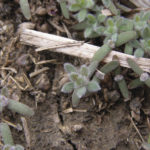
Keeping kochia in check
New research indicates the importance of early-season control of herbicide-resistant kochia


